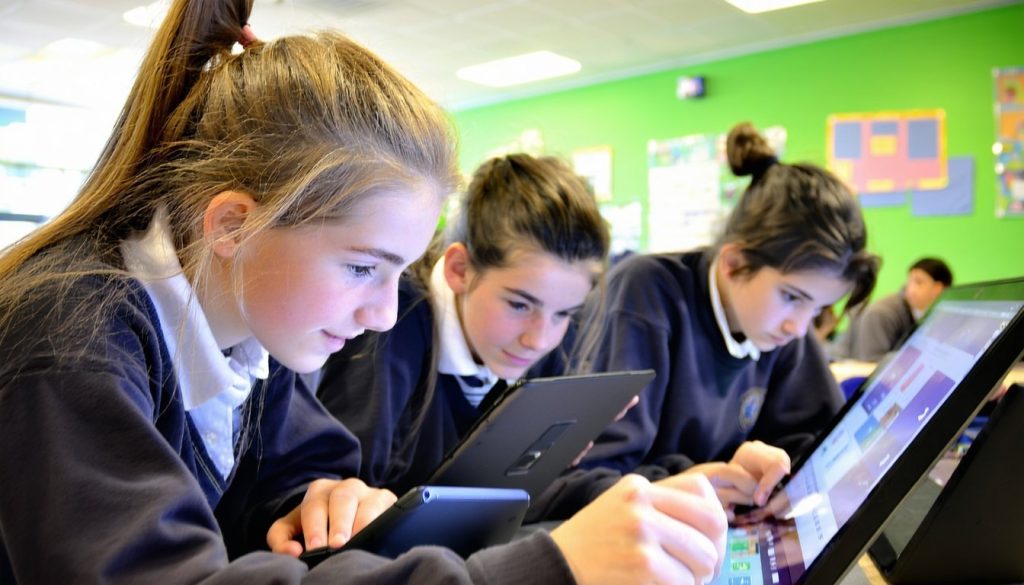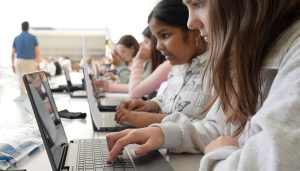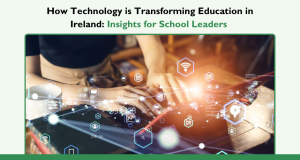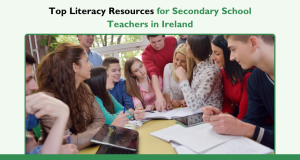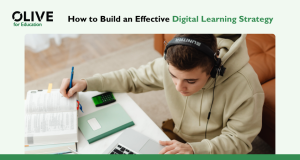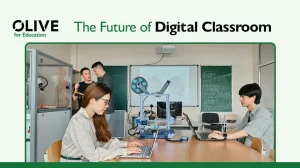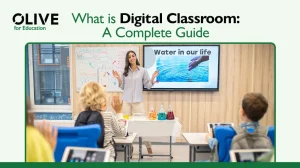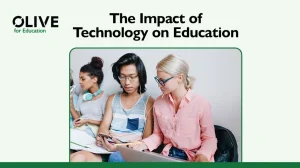The integration of student devices in Irish secondary schools is set to revolutionise the education landscape, aligning perfectly with the new senior cycle reform.
Enhancing Student Engagement and Participation
One of the primary goals of the new senior cycle reform is to foster greater student engagement and participation in the learning process. The introduction of student devices in classrooms can play a pivotal role in achieving this. With access to personal devices, students can interact with digital learning materials, participate in interactive lessons, and collaborate with their peers more effectively. This increased interactivity and engagement can lead to a deeper understanding of the subject matter and a more active role in their own education.
Furthermore, digital platforms can provide real-time feedback and allow students to track their own progress, motivating them to take ownership of their learning journey. By integrating these technologies into the classroom, educators can create a more dynamic and engaging learning environment that resonates with today’s digital-native students.
Facilitating Personalised Learning Experiences
Every student has unique learning needs and paces, and the senior cycle reform aims to accommodate these differences through more personalised learning experiences. Student devices can greatly support this by enabling adaptive learning technologies that tailor educational content to each student’s individual strengths and weaknesses. For example, intelligent tutoring systems can provide customised exercises and resources based on a student’s performance, ensuring that they receive the appropriate level of challenge and support.
Moreover, digital devices allow students to access a wealth of online resources and educational apps that cater to various learning styles, whether they are visual, auditory, or kinaesthetic learners. This personalised approach not only helps in addressing learning gaps but also empowers students to explore subjects in greater depth according to their interests, fostering a love for lifelong learning.
Preparing Students for a Digital Future
In an increasingly digital world, equipping students with the necessary digital skills is crucial for their future success. Integrating student devices into the classroom prepares students for the workforce by familiarising them with the technology they will encounter in their careers. Skills such as digital literacy, online research, and effective communication through digital platforms are essential in today’s job market.
Additionally, the use of student devices can promote critical thinking and problem-solving skills as students navigate various digital tools and resources. By embedding these skills into their education, Irish secondary schools can ensure that their students are not only academically prepared but also ready to thrive in a technology-driven world.
Supporting Teachers with Innovative Teaching Tools
The introduction of student devices in the classroom is not just beneficial for students; it also provides teachers with innovative tools to enhance their teaching practices. Digital platforms and educational software can streamline lesson planning, assessment, and feedback processes, allowing teachers to focus more on instruction and student interaction. For instance, teachers can use interactive whiteboards and digital projectors to make lessons more engaging and visually appealing.
Furthermore, data analytics tools can help teachers monitor student progress and identify areas where students may need additional support. This data-driven approach enables more informed decision-making and personalised interventions, ultimately leading to better educational outcomes. By leveraging these digital tools, teachers can create a more efficient and effective learning environment.
Strengthening School-Home Communication
Effective communication between schools and homes is essential for student success, and student devices can play a significant role in enhancing this communication. Digital platforms can facilitate seamless communication between teachers, students, and parents, ensuring that everyone is informed and involved in the educational process. For example, teachers can use online portals to share assignments, grades, and feedback with both students and parents, promoting transparency and accountability.
Additionally, virtual parent-teacher meetings and digital newsletters can keep parents engaged and updated on school events and their child’s progress. By strengthening the connection between school and home, student devices help create a supportive educational ecosystem that nurtures student growth and development.

